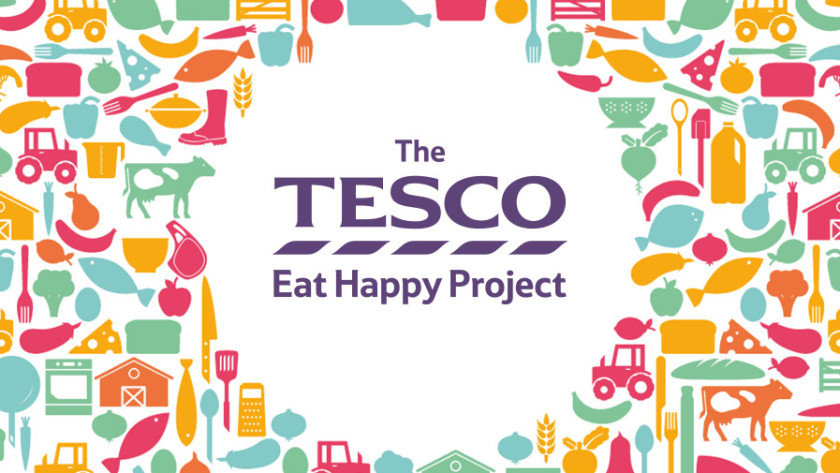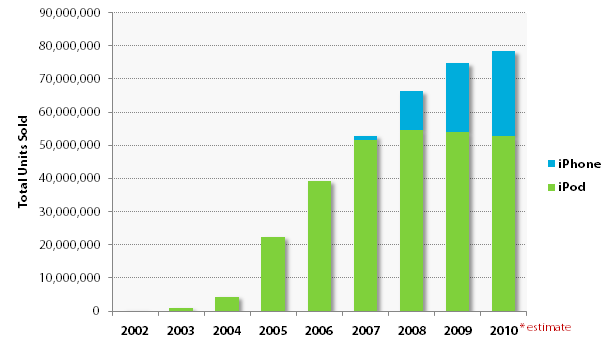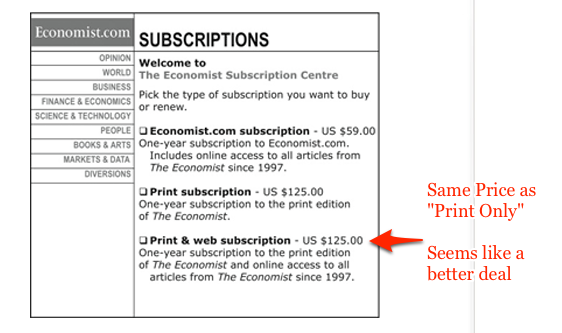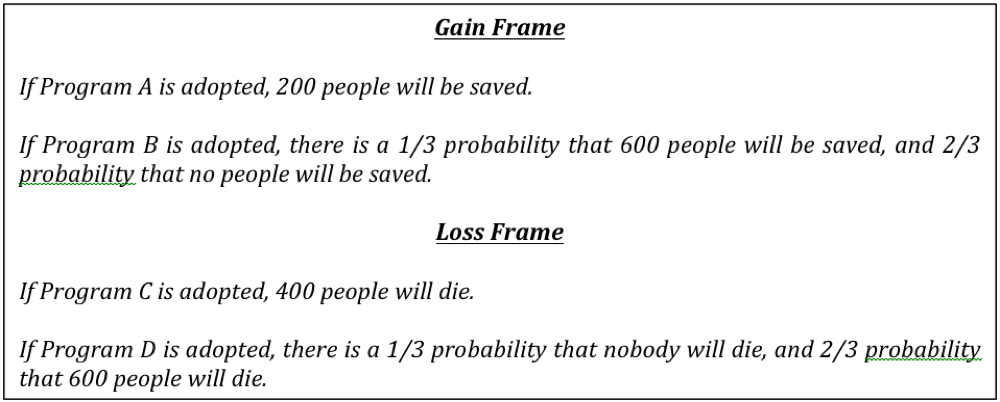How many times didn’t we think that a message can either be formulated in an emotional or a rational way? In fact, this should be more of a mixture than a decision between the two. Scientific research proves that people whose emotional side of the brain is damaged are not able to make any decisions. Consequently, no decision is ultimately exclusively rational, which brings a new perspective on content marketing strategies when it comes to addressing their target. While objectives can be generally measured independently as rational or emotional, the customer behavior doesn’t abide by these distinctions. Now more than ever, content has to meet higher conditions to maintain relevance.
Good Content – Engagement and Interaction
The unlimited amount of information at our disposal doesn’t only make knowledgeable people hard to fool, but difficult to persuade as well. Being accurate and appropriate has never been more important. This is essentially a good thing. It implies that we need to offer a reliable product based on a differential advantage, while building our content marketing strategy around our own idea of credibility. In order to maintain relevance, we have to take into consideration our buying personas’ interests.

Take Tesco’s Eat Happy Project for instance. The brand built an entire experience for children, while it managed to engage over 8,500 primary schools in the UK with its educational initiative. Of course, it was meant to meet a marketing purpose – developing a strategy for the supermarket’s Farm to Fork project. In the end, the stories Tesco tells engage children in interacting with global food producers in live sessions without having to even leave the classroom.
This unprecedented field experience the brand creates was the first of its kind in Europe, also part of Google’s Connected Classrooms program. The results so far are over 50,000 views and approximately 700,000 children who have interacted directly with the project. Exploring an opportunity goes beyond marketing objectives when your true intention is to create something of measurable social value, in an area of your expertise.
The inclusion of consistent professional experiences that we’ve encountered in a product’s identity makes extremely powerful statements.
Instead of choosing between eloquent or relevant, opt for arranging your content in a structured manner that flows – think of it more as a recipe than a decision. Relating storytelling to our skills and experiences builds trust through credibility. By focusing on the specific areas that you master, you can attract skeptical readers through fruitful examples of consistent, practical situations that people can relate to and learn from.
When it comes to documenting an article, citing a powerful, high authority source isn’t just healthy for your link building strategy, but relevant to your audience as well.
There is a cognitive bias, that also applies online, behind relatively unskilled individuals who tend to overestimate their performance, because they fail to accurately evaluate their own capacities. Successful content ultimately goes down to the ability of building engagement through solid knowledge.
Positive Experiences Generate Commitment

Remember when the Mac sales have registered an exponential growth after the launch of iPod by Apple? That was a halo effect – the transfer of characteristics from a specific product to the entire company. People have started to associate an entire company and all its products with a singular experience they’ve got. Halo is part of our education as well as part of our brains – in kinder garden we were told that Cinderella is not only good, but also beautiful, while her step mother is ugly and mean.
Getting a satisfactory response increases the chance of a person visiting a site on a frequent basis. Perhaps even more importantly, it also contributes to the general memorability of a brand online, making it distinguishable.
National Geographic wanted to raise awareness about food security and the challenges of food production in the context of growing population. The two campaigns ‘Eat: the story of food’ and ‘Food: how to feed our growing planet’ managed to understand convergence in stimulating experiences, on a content level as well as on platform design. They engaged audience through a timeline of history online.

Because the site was interactive, stimulating and was offering a great user experience, the cross-channel campaigns were of a great success. In the aftermath of this strategy, the National Geographic magazine subscriptions increased, which is yet another example of how to leverage halo effect to your advantage.
Generating commitment means answering to a very specific need, which most often constitutes a hook in customer behavior. With their online bookshop, The Guardian understood that a responsive website is friends with the customers, helping them to make decisions. After only four months of implementation, the results were astonishing: 81% increase in online sales and 91% mobile conversion rate, while the checkout abandonment was reduced by 50%.
How You Say it
Well chosen sentences and phrasing can build strong stories as much as poorly written texts can kill them. The law of least effort implies that whenever the minimum amount of information is acquired, a person will cease trying to dig deeper. This may not apply if you’re writing in a very specific niche where people will be more likely to have a broader interest in particular situations.
However, online advertising makes creative more intelligent, which means powerful content that is easy to read.
A framing effect is proven to affect our response to stimuli. We give different responses to the same problem depending on how it is enclosed. While differential advantage is highly important in building a solid social marketing strategy, according to scientific experiments people are more prone to be responsive to negative stimuli rather than positive phrasing.

Apparently, we tend to care more about losing in a situation than we do about gaining the same amount of something, which makes storytelling even more challenging. Sometimes, saying that the glass is half empty instead of half full can influence your success among the audience.

Niche Targeting – Surprise Your Buyer Persona
We define a buyer persona as a fictional representation of your customers, whose constructions are based on carefully researched data and relevant information about their online behavior. They most often result from scientific assumptions on their personal histories, their drives and preoccupations.
The way buyers make purchase decisions has shifted towards a new information-oriented paradigm. The internet allows them to be more educated and get a broader understanding of their needs, which results in more specific profiles of your persona. Thinking that the old definition of your buyer, including their age, education and professional status is enough to make a good selling proposition is the first mistake in a sustainable positioning strategy. Today, contacting a company for more information about a product means that half of the decision process is already completed – and since most of that takes place online, you can’t afford not to be a part of it.
Start with a first-person point of view – include your buyer’s preferences, habits, passions, leisure activities and favorite brands in creating a persona to address to. And then connect to it and ask yourself what you would like from that position. This empathy exercise can be called phenomenal marketing – phenomenology implies assuming a first-person point of view, from which every experience is intentional and most often directed towards something measurable or identifiable.
Media convergence has made storytelling not only more intelligent, but easier to be captured thanks to viral means.
Buzz marketing and word of mouth are easily generated when your story is specific enough to be personal, but around a universal experience that makes it relevant. Some of the outputs of this marketing process would include engaging content, joined up interaction and digital strategies for each customer segment. Using social media marketing platforms can be a great strategy for these desired actions.
Cotopaxi, the outdoor gear company, understood that the devil shares Prada. The company, based in Utah, created a Questival all over the United States of America, as a 24-hour adventure. With a Cotopaxi backpack and swag, the participants were given the chance to travel and share their stories through means of visual storytelling. Most of the photographs were posted on Facebook, Twitter or Instagram and the 1,500 participants organically reached over 1 million people on social media.

We are a for-profit business, but it’s about a lot more than that.
The results were astonishing – investors loved the idea of this project and the founder raised over $3 millions thanks to shareability. The stories weren’t only very personal experiences, but relevant to the general public who shares a passion for traveling. Needless to say, social proof is a strong online motivator for taking particular actions.

Bad Publicity is Good Publicity – Not on Page
There was a time when aggressive promoting strategies worked very well, when being memorable depended on how much louder you could shout as opposed to your competitors. Heinz and Hertz are still top of minds, although times have changed, proving the efficiency of powerful media leverage at that time. However, today’s sustainable content marketing has nothing to do with shouting anymore, it’s rather about whispering attractive ideas in the right ears.
A scientific study on mere exposure to messages suggested that the more we he hear a message the more likely we are to remember it, like it and modify our behavior according to it.
But online communication is more and more about efficiency – from Google guidelines to niche targeting and tribal marketing, good content has shifted towards intelligent, adapted communication.
The Economist needed a broader audience in order to maintain its position on the media market. But it is pretty hard to turn skeptical people into potential customers and then subscription prospects when you’re generally perceived by non-readers as very boring. Fortunately, they transformed all the data into a broader target audience, with just the right messages to hook them into making an online subscription.

The ads were tailored after the target’s most vivid interests, based on their general behavior online and on the website’s most read articles. On the landing pages the new readers would find the entire article and a subscription button. The results were more than 400% subscribers than initially targeted and 70% ROI in the first year. So basically you need to understand consumer psychology and put yourself in the consumer’s shoes.
Conclusion
Instrumentalizing your content to make it relevant and choosing an experience to talk about is not cheating. It means doing creative work efficiently thanks to media convergence. Being specific and prioritizing experiences trumps anything else. Niche targeting allows us to be effective, while creating positive experience through powerful content.
Increasing the memorability of your website means, in the first place, being noticed online – and not just by your target audience, but according to your Google ranking as well. This is why intelligent content has to be relevant to search engine optimization criteria as much as it is to your public. Fortunately, you can leverage psychology in digital marketing due to the relationship between psychology and human behavior that can help marketers optimize their websites according to general tendencies among their target audience.
Photos: 1, 2, 3, 4, 5.
 Site Explorer
Site Explorer Keyword tool
Keyword tool Google Algorithm Changes
Google Algorithm Changes

Leave a Reply!